How can you stay safe during a hurricane, flood or tornado? Follow these easy safety tips.
Weather forecasters are tracking the path of Hurricane Lee, the season’s most powerful hurricane so far, which could bring intense winds and rain to the SouthCoast by this weekend. With only days until Lee approaches, the time to prepare for an emergency is now.
Is Hurricane Lee coming to Massachusetts?
Lee’s track is shifting as it barrels north along the eastern United States coast, and may make landfall in Nova Scotia, Canada. As of Thursday morning, AccuWeather forecasters recommended preparation for Lee should be completed by Friday from eastern New England to New Brunswick and Nova Scotia. High winds, heavy rain, rough surf, and coastal flooding can be expected in at least coastal areas of Massachusetts and Rhode Island over the weekend.
Using tips from FEMA and the National Weather Service, here’s what you need to know in case of disaster:
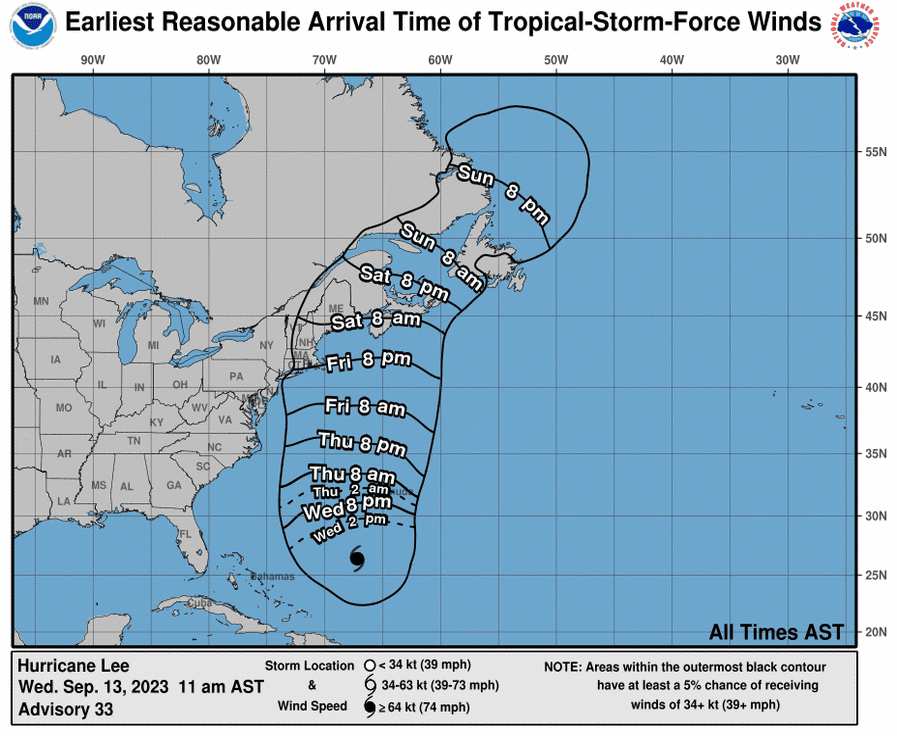
How should I prepare for a hurricane?
Have an emergency plan: If you have a family, make sure everybody knows what to do and where all your supplies are. Everyone should know where to take shelter and where to meet if you have to evacuate. Put emergency phone numbers in your cell phone contacts.
Stock up on supplies: Put together an emergency kit good for three to five days. If you take regular medications, make sure you have enough to last at least several days.
Stay powered: Have at least one flashlight and spare batteries, and make sure they work. Power outages are common during hurricanes.
Stay connected: Keep a battery-powered radio on hand to receive emergency messages in case you lose phone and internet service. Leading up to the expected time of impact, make sure phones and other communication devices are charged. Check if your utility provider has a mobile app that can be downloaded and set up ahead of time for easy communication on outages and other issues.
Look out for others: Don’t forget to prepare for your pets, and check on elderly neighbors to see if they need help preparing.
Watching for tidal surge: Harbormasters and local marinas prep for Hurricane Lee
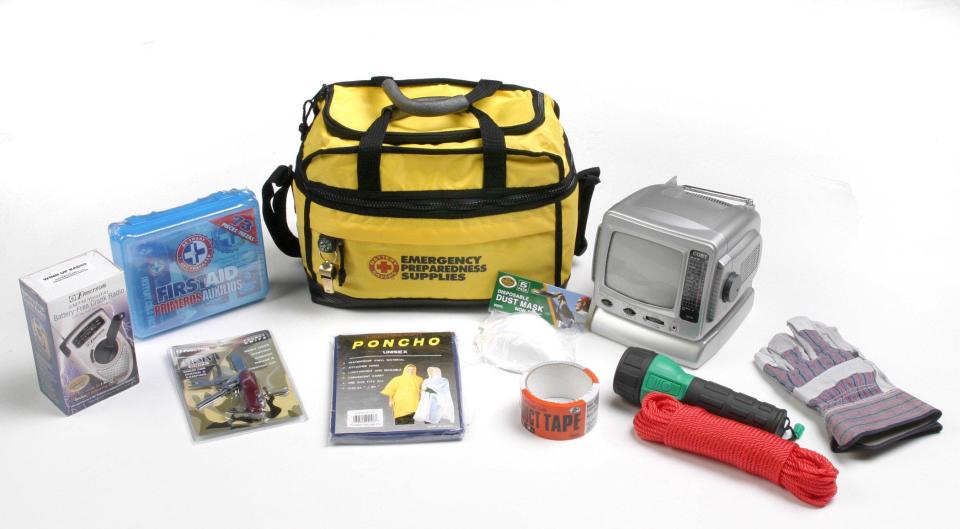
Hurricane spaghetti models: Things you need to know to track the models
What should I put in an emergency kit?
Nonperishable food and water for several days
Spare flashlights and extra batteries
Disinfectant and hand sanitizer
Face masks
A cellphone battery pack and charging cables
A whistle to signal for help
A plastic tarp and duct tape
Where is Hurricane Lee? National Hurricane Center tracks impact in MA as storm comes north
How should I prepare the house and car?
Your goal is to make the house secure so nothing flies around and causes damage. Take in patio furniture, grills and other heavy loose objects that could get tossed around.
If you have weak tree limbs that could break in high winds, trim them or cut them down.
Consider keeping plywood on hand to cover windows if you’re in an area with especially high winds or at risk of flying debris.
Put at least half a tank of gas in your vehicles in case you need to evacuate.
Keep the car parked away from trees — in a garage, if you can, or in a secure location.
Should I put tape on the windows?
No, don’t tape your windows. An old wives’ tale states that if you stick tape in an X shape on your windows, it will keep your windows intact in high winds. It’s an ineffective myth, and can actually be more harmful if a window does shatter — glass fragments may break into larger, deadlier pieces.
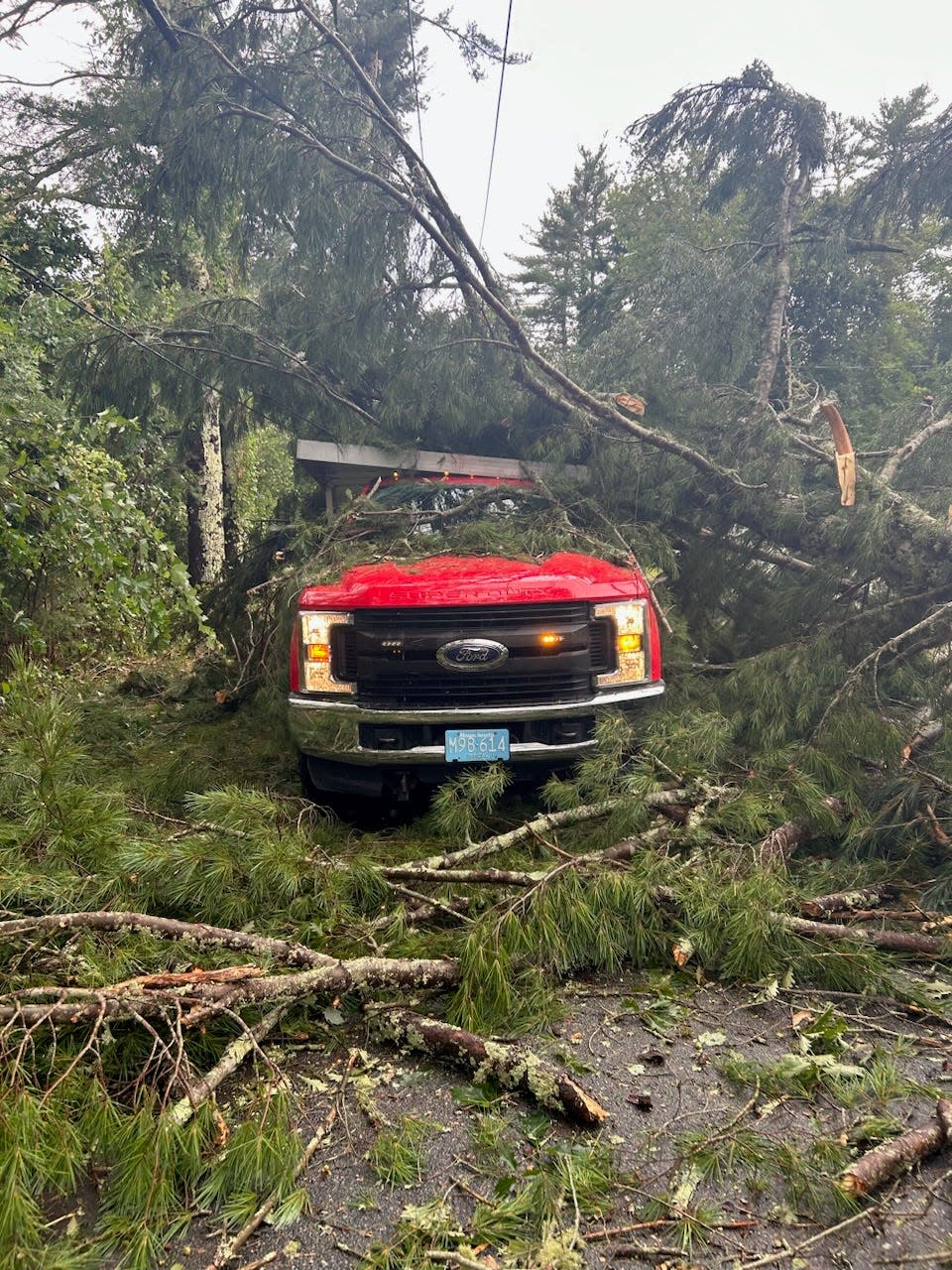
What should I do if there’s a tornado?
Southern New England has seen much more frequent tornado activity during storms. A tornado watch means that weather conditions are favorable for a tornado to form; a tornado warning means that a tornado is expected, and you should take immediate precautions.
In a tornado warning, take shelter in the lowest part of your house away from walls and windows. If you’re in a car or a mobile home, move immediately to the closest substantial shelter and stay there until it’s safe.
Do not open the windows — another old wives’ tale states that opening windows in a tornado “equalizes” the air pressure. This is a myth. It only allows damaging winds inside your home. Stay away from the windows entirely.
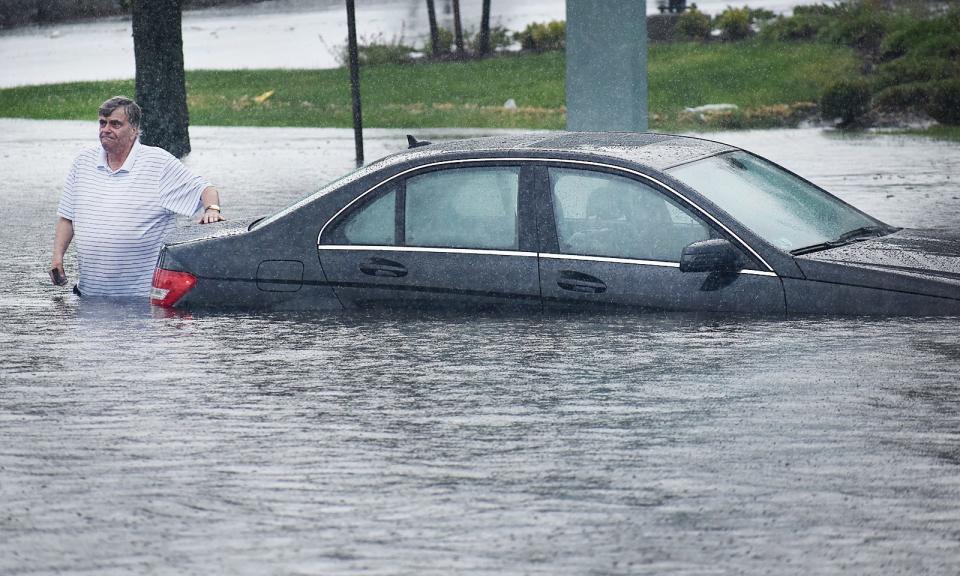
What should I do if there’s flooding?
Hurricanes bring heavy rains and storm surges along the shore. Flooding has its own set of safety rules.
If you’re told to evacuate, do so immediately — you are not stronger than Mother Nature.
If your house floods, don’t go into any room where the electrical sockets are underwater or if cords are submerged. If you hear buzzing or snapping or see sparks, get away immediately.
Do not walk through flood waters — it may be deeper than you think and can hide unknown hazards. Six inches of moving water can knock over and drown an adult.
Never, ever drive your car through flood waters. Only one foot of moving water can carry away most cars. Even driving through lesser amounts of water can cause your vehicle to stall, leaving you stranded and at risk of harm. Floodwaters can also hide sinkholes and other hazards. If you see a flooded road ahead, stop driving, turn around, and take a detour.
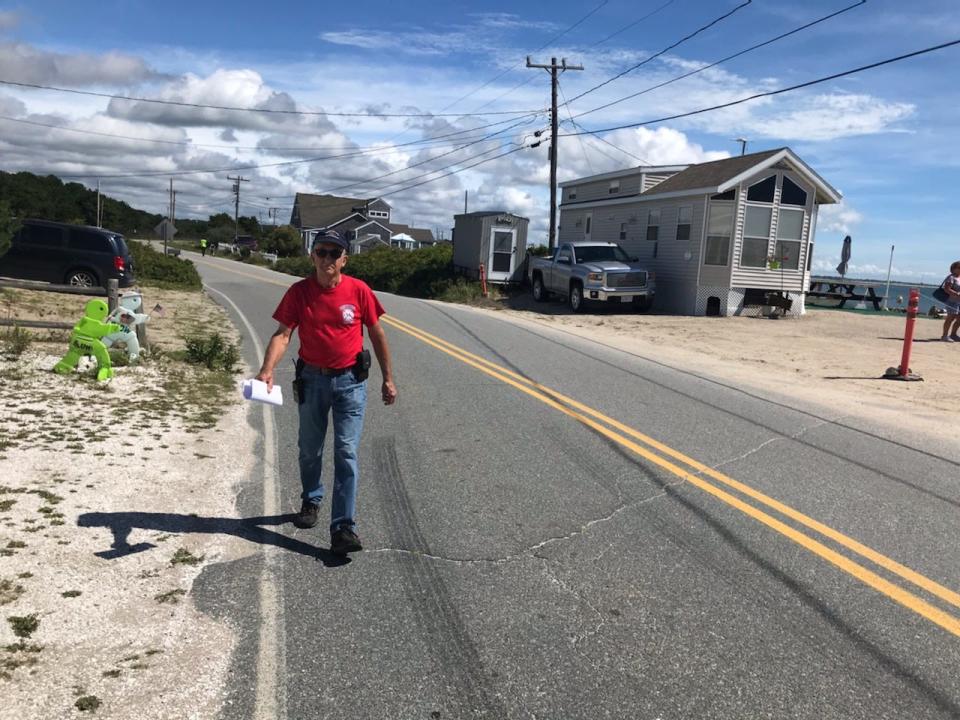
What safety precautions should I take during and after the storm?
Don’t go outside unless necessary until the storm has passed, even if it seems safe. Don’t visit areas that are likely to flood or experience high winds.
If you must drive, slow down and move over if passing by any utility or work crews.
Any time you see a downed power line, assume it’s live and stay away from it — report it to the utility company.
Check out your property to assess any damage, including broken windows, downed trees or weakened walls; make sure electrical and gas lines are intact.
If your house has flooded, avoid walking through floodwaters; they can hide hazards underwater or contain harmful chemicals.
If you've been evacuated, don’t return until given the all-clear.
If operating a power generator, do so as far away from the home as possible, and not inside of any enclosed space such as a garage.
This article originally appeared on The Herald News: Hurricane Lee coming to Massachusetts: Storm and flooding safety tips

